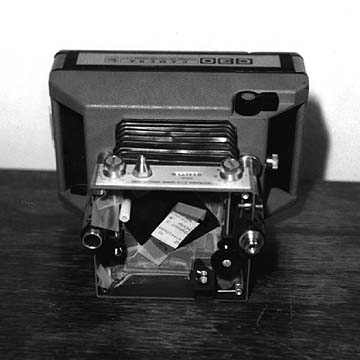
Here is a picture of it:

Here are my first results:
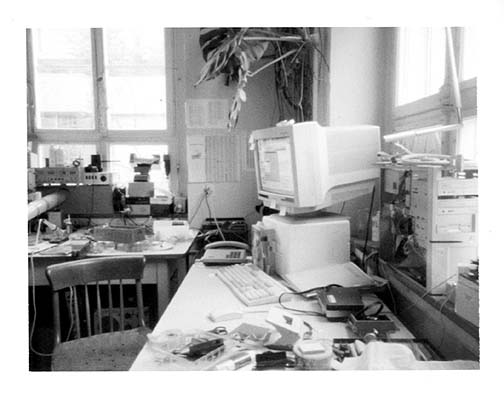
My Desk. Exposure time 15 sec. on 3000 ASA film. Hole dia. 0.4 mm f=70 mm
The sharpness of the picture is comparable to cheap point and shoot cameras.
The windows show the pincushion distortion typical for a pinhole camera fith a flat film plane.

My Desk. Exposure time 15 sec. on 3000 ASA film. Hole dia. 0.4 mm f=70 mm
Note the incredible depth of field
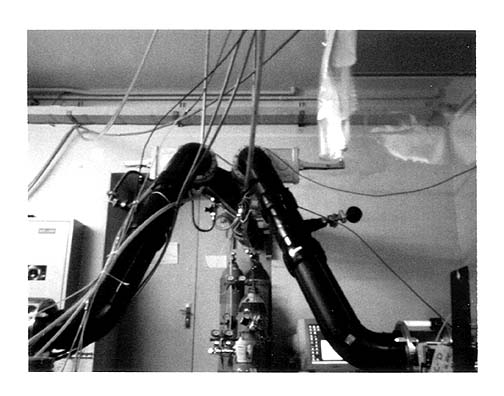
Cellar Laboratory. Exposure time 10 min. on 3000 ASA film. Hole dia. 0.4 mm f=110 mm
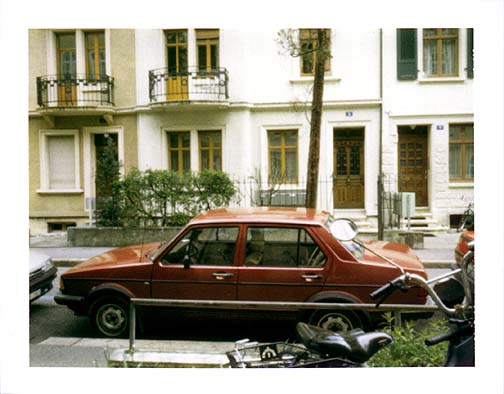
View out of my window Polacolor Studio film. 100 ASA Hole dia. 0.4 mm f=100 mm
This is the color corrected version.
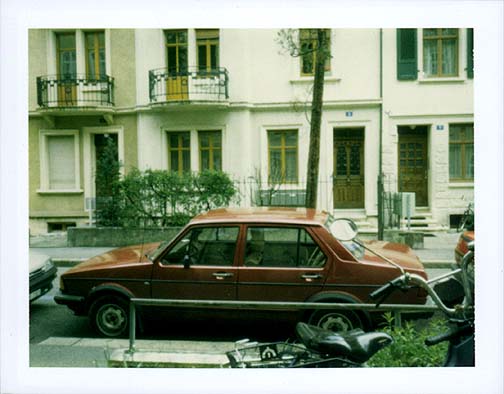
The original Picture looks like this.
The greenish color may have something to do with the long
exposure time.
The same film in a lens camera gives good colors.
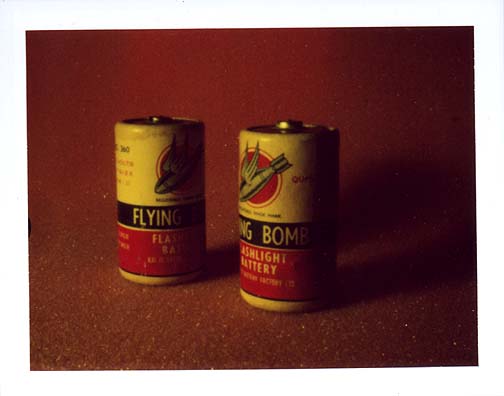
Test with artificial light
Light source is a 500W halogen floodlight in 40 cm distance.
Polacolor Studio film. 100 ASA Hole dia. 0.4 mm f=100 mm t= 20 sec.
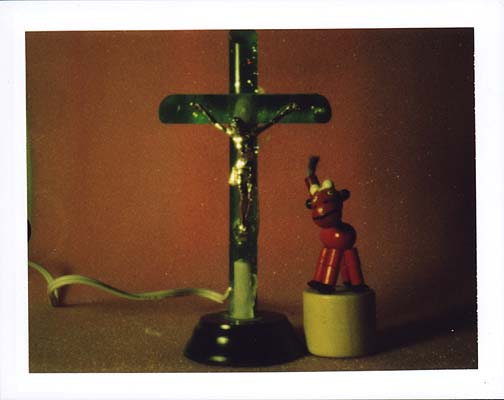
Test with artificial light
Light source is a 500W halogen floodlight in 40 cm distance.
Here I used a bluish filter to compensate for the lew color temperature.
Polacolor Studio film. 100 ASA Hole dia. 0.4 mm f=100 mm t= 90 sec.
Next I'd like to experiment with different hole diameters.
I would also like to build an integral film pinhole camera out of an old Pronto or 600 camera.